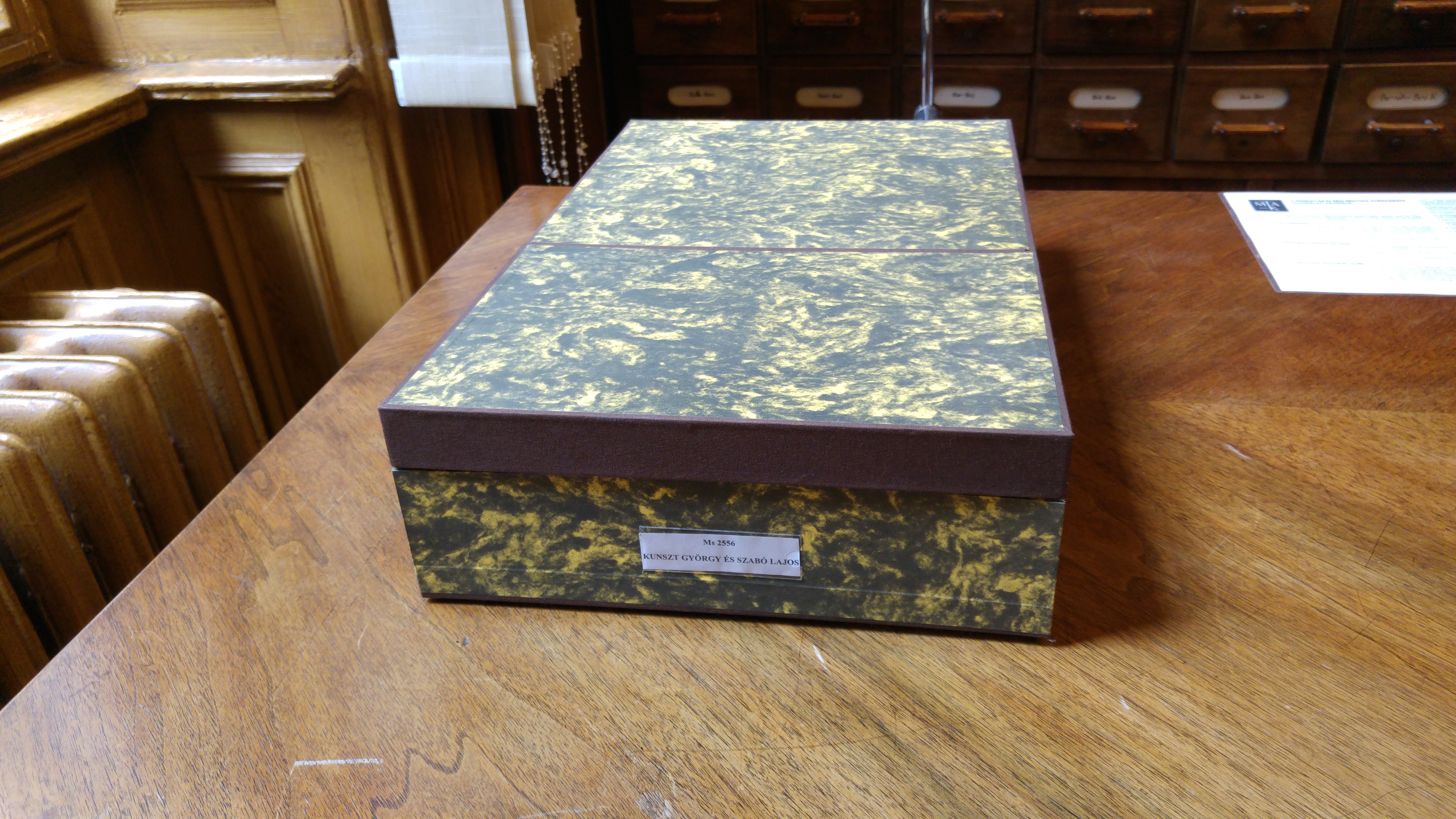György Kunszt was 22-years-old when he met philosopher Lajos Szabó and began to take part in the closed circle meetings organized by the “Budapest Dialogical School” held in private apartments. These were life-changing experiences for him. Lajos Szabó, as part of the opposition, Béla Tábor, a friend of Szabó’s for decades and fellow oppositional figure, and Béla Hamvas, a writer with a passionate interest in tradition, initiated a conversation series in mid-1945 with ultimate goal of finding new foundations for a spiritual renewal.
The “Thursday conversations” were followed by a several year-long seminar-series initiated by Szabó involving some selected young people. These gatherings were also organized as part of the search for spiritual renewal. They focused on subjects like language theory, set theory, value theory, movement theory, and scientific theory. György Kunszt and his friend Attila Kotányi (who completed studies as an architect) took notes at each of the seminars and then compared their notes after each session and typed them.
Lajos Szabó knew the psychological, economical, and mathematical theories well, but his lectures were not specifically or narrowly scientific. In his seminars, he elaborated on the accomplishments of these disciplines, which he contextualized within his speculative philosophy. Sometimes he also questioned their premises on the basis of his philosophy.
Discourse was his real medium. He did not write much, as he was not able to publish at the time because of the censorship policies of the regime. At the beginning of his lectures on value theory, he referred to his position as Biblicism (referring to Ferdinand Ebner), opposing such Mammonistic social organizations as Capitalism, Bolshevism, and Clericalism (“mammon is mediocrity jellified into public opinion in an econocentric way”).
His conception of the Church was a decisive element of his Biblicism. The Church, in his phrasing, is “the super-temporal rainbow-alliance of creators under the aegis of the revelation.” The other fundamental element of his biblical stance is the postulate of integrated evaluation, which is based on the recognition and research of the I-thou-word relation as the basic reality of the spirit.
His philosophical writings covered a vast span of questions and subjects over the course of the decades. He started his career as a Marxist in the Munka [Work] Circle, but after his public criticism of the Soviet Union, he broke with Lajos Kassák, and together with some of his friends, he launched an anti-bolshevist and anti-capitalist oppositional movement.
In time, they grew distant from Marxism (perceived radically as theory, not as ideology), and they examined the ideas of Freud, than classical German philosophy, and then oriental philosophical systems before arriving at mysticism and a Trinitarian conception based on the thoughts of dialogical thinkers (Ebner, Buber, Rosenzweig).
In 1956, Lajos Szabó and Attila Kotányi emigrated with their families, settling first in Brussels and later in Düsseldorf. Szabó became involved in calligraphy, and he presented his works at exhibitions, while Kotányi joined the work of the Situationist International. After Szabó’s death, his philosophical oeuvre was known only among a narrow circle of friends and disciples for a longer period.
The first comprehensive publication of his ideas took place in 1989, with the special double issue of Életünk [Our being] in Szombathely. After the change of the political system, work began on systematizing his oeuvre. The most extensive overview of his works created during his years in Hungary is the book Tény és titok. Szabó Lajos összegyűjtött írásai és előadásai [Fact and Secret. The Collected Writings and Presentations of Lajos Szabó], published in 1999.
His notes created in emigration got to Hungary at the end of the 1980s thanks to his widow and György Kunszt, who catalogued the materials in the 1990s. The bequest donated by him to the Library of the Hungarian Academy of Sciences, Department of Manuscripts and Rare Books primarily consists of these notebooks on philosophical subjects made during the years he spent abroad, together with the documents on the systematization of his oeuvre, catalogue records, indexes, letters, and studies. The manuscripts created prior to 1948 are in the possession of the Tábor family. The family also owns the copyrights.

